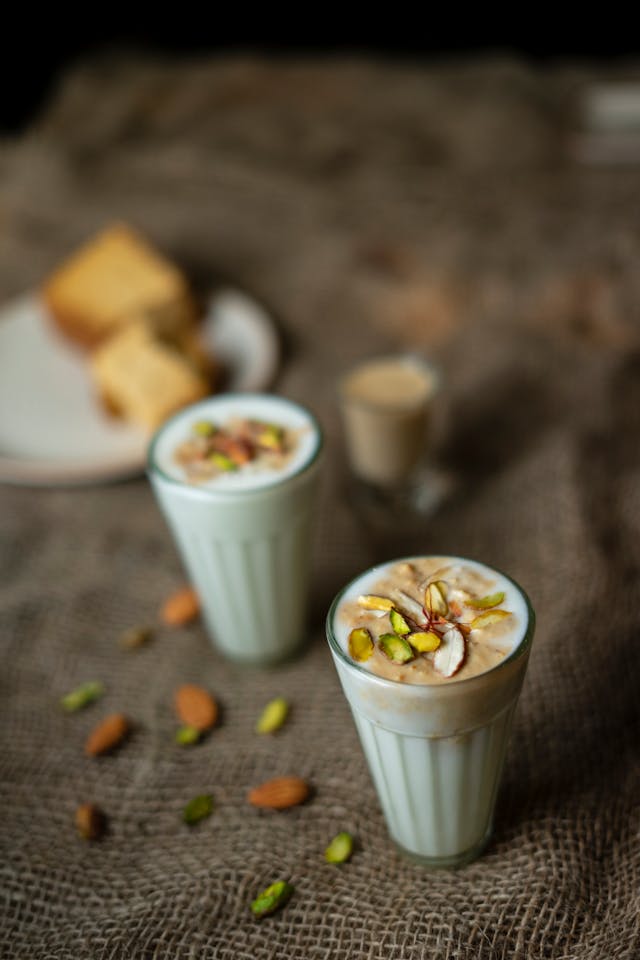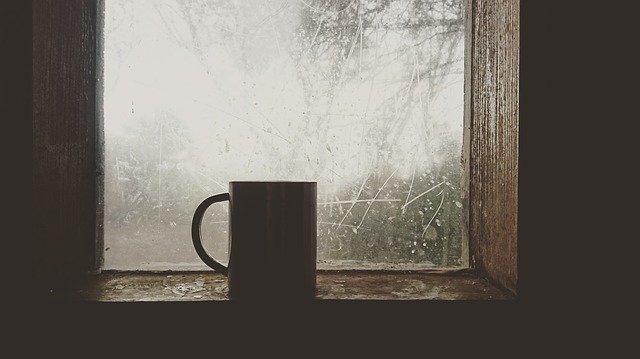‘Bhaiya can I have some more pani’: Is it bad manners or customary to ask for an extra puri or pani? We explain why you don’t have to feel embarrassed about it because there’s more to it than a breach of dining etiquette!
“It’s bad manners,” points out the wife, as I ask the bhaiya at the chaat counter for some of the deliciously spiced pani after the last Pani Puri on our plate is swiftly devoured by me.
We are at Rangoli restaurant in Meena Bazaar, where we stopped to take a much-needed break from our exhaustive shopping trip around one of Dubai’s oldest and still busiest souks. Is it considered bad manners or customary to ask for an extra puri or pani? So, we thought what better to fill us up than with India’s all-time favourite chaat – Pani Puri.
“But it’s an age-old tradition, isn’t it? I’ve been doing it since childhood. What’s this got anything to do with good or bad manners?” I debate, as the bhaiya fills my Pani Puri bowl to the brim with the tastiest, tangiest, and spiciest pani.
As soon as the liquid slides down my gullet, I ask. “Bhaiya my mouth is burning, the concoction was pungent, can you give me a sweet, sukha puri to cool my tongue?”
“There you go again. Why do you act so cheap?” the wife admonishes me.
“When will you stop begging for freebies? What will people say?” she retorts. I was just about to respond, when the bhaiya intervenes and came to my aid, “Madam, don’t worry it’s parampara (custom), some people ask for extras even after being served their complimentary puri or pani, but we don’t mind it at all, we want customers to go home happy and satisfied,” the kind-hearted counter staff explains.
Call it bad manners or an ode to good food. In most Indian joints, it’s a norm to ask for an extra puri, dal, sambar, chutney, curry, bhaji or other side dishes. Some foodies consider the act as a silent compliment to the chef for his delicious preparations which is the reason they ask for more. While others want the best bang for their buck.
For us, no chaat journey is complete without the complimentary puri or pani. I fondly remember, during our childhood days in Mumbai, when the wandering bhelwalla bhaiya would religiously visit our colony every evening during playtime. At that time, we did not have as much spending power as present-day kids, but with whatever little pocket money we had, we would somehow manage to make a collection between the playgroup and gorge on delicious chaat prepared freshly in front of us by the bhaiya from his ‘portable’ eatery. We would never feel ashamed to ask him for extra puris, pani or kurmura. He would only be too happy to oblige us.
There’s a good reason for the bhaiya’s ‘extra’, it is not only a tradition that’s still being followed but it can also be seen as a rudimentary but effective marketing tactic employed by those humble ‘roving restaurateurs’ in those days to retain customers loyalty and convert them into regulars.
So, the next time, if your better half or companion tells you to mind your manners when you are enjoying your ‘extra’ at a pani puri or bhel puri counter, remember, you don’t have to feel offended or embarrassed, because it has nothing to do with etiquette, for us, it’s just an age-old tradition.
No one can have just one!

For the uninitiated, a Pani Puri is simply a fried, crispy hollow puri (wheat or semolina) that is filled with cooked chickpeas, potatoes, boondi or sprouts and topped with spicy jal-jeera-like water and chutney.
A word of advice though, to devour and relish a Pani Puri in its true spirit, one should be prepared to roll up their sleeve and get their hands dirty while keeping the mouth open as wide as that of a yawning lion.






